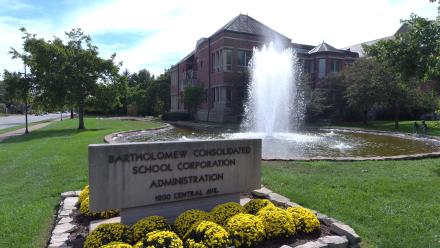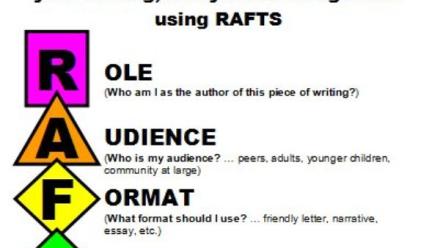Autism spectrum disorder (ASD) is a complex, neurodevelopmental disorder that affects people’s behaviors and interactions with others and the world around them. ASD is a spectrum disorder, therefore its affects can range from mild to moderate to severe, impacting individuals very differently. There is no known single cause of autism but early diagnosis and intervention can have significant, positive impacts on individuals and their families.
ASD and Literacy Development
Many students with ASD demonstrate word reading strengths but experience difficulties in reading comprehension, especially when asked to think beyond the text and infer meaning from what they are reading. For adolescent readers, being able to understand characters’ varying perspectives and social interactions within a story is usually vital to understanding the whole story within middle grade and young adult literature but students with ASD often struggle to make sense of these aspects of the text. As you can imagine, similar difficulties in writing often occur with students on the autism spectrum.
Co-occurence of ASD with Dyslexia and ADHD
Are autism, dyslexia, and ADHD related disorders? As students on the autism spectrum are being identified more readily, questions have emerged about ASD’s comorbidity or co-occurrence with dyslexia and ADHD.
Dyslexia
There are a limited number of studies looking at students on the autism spectrum and dyslexia and within those students there a lot of variance in the prevalence rate of dyslexia in children on the autism spectrum (6% to 30%). Unlike ASD, research in dyslexia has been complicated by historically varying opinions on how to define dyslexia. Broader definitions that include long-term struggling readers and Gough and Tunmer’s (1986) “garden variety” poor readers and/or “poor comprehenders” within the dyslexic umbrella likely result in more children, including those with ASD, identified as on the dyslexic spectrum (Russell and Pavelka, 2017). Conversely, the co-occurrence of ASD and dyslexia is much lower within research where the definition of dyslexia has been limited to a language-based disorder defined as an unexpected, extreme difficulty in learning to read with a core phonological processing issue.
ADHD
ADHD is thought to occur in approximately 5% of the general population but its prevalence is considerably higher in children diagnosed with a reading disability (between 25% to 40%). This is not completely surprising given that ADHD and dyslexia often share several symptoms such as information-processing speed, naming speed, and working memory challenges. ADHD also has a high comorbidity rate with ASD (between 30% to 50% of children diagnosed with autism also show symptoms of ADHD.
Listen as autism expert, Dr. Ebony Holliday, discusses the importance of diagnostic clarification with autism and co-occurring conditions. Watch more clips from our recent interview with Dr. Holliday to learn more about her exciting research and work with students on the autism spectrum and their families.
What's it like to have Autism?
About Teaching Reading
How One School District Transformed Its Community
Advocacy
Voices of Autism
Themed Booklists
On the Autism Spectrum: MG and YA Voices and Stories
What’s it like to grow up with a neurodiverse brain? Through fictional characters’ adventures and autobiographical remembrances, you can begin to understand the colorful and sometimes bumpy road many folks in the neurodiverse community experience.
Classroom Resources
About Teaching Reading
Inference and Informational Text
Blog: Shanahan on Literacy
What Does It Take to Teach Inferencing?
Comprehension
Deeper Comprehension
Writing
RAFT Writing
Sister Site Resources
Reading Rockets
Autism Resources for Youngsters and Their Families
In this section, you’ll find information on how to help children on the autism spectrum succeed in the K-3 classroom, books for children that feature characters on the spectrum, links to PBS autism awareness programming and resources, and much more.
Colorin Colorado
Autism: Multilingual Resources for Families and Educators
This collection includes information from organizations such as the CDC, the American Academy of Pediatrics, Sesame Street, KidsHealth Autism Speaks, the Autism Society, Organization for Autism Research, and Understood.org.
LD OnLine
Special Education
An overview of several key issues involved in special education services as mandated under the Individuals with Disabilities Education Act (IDEA).












